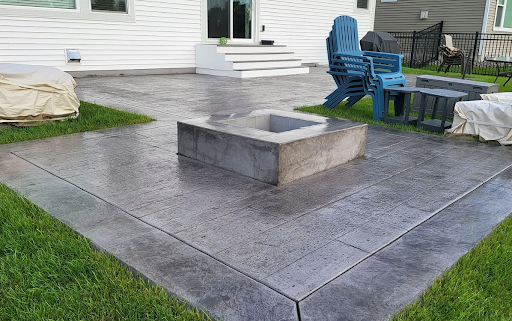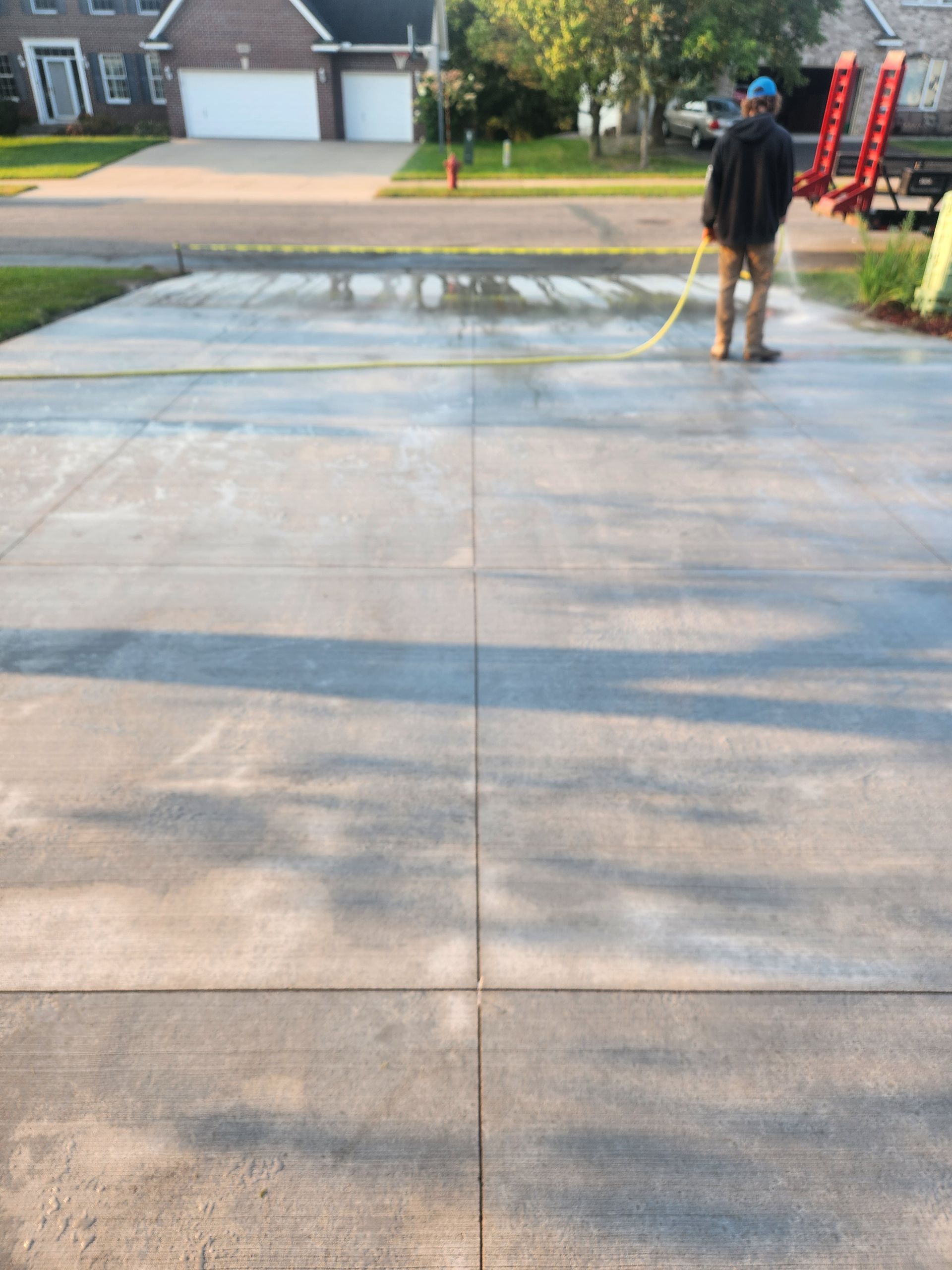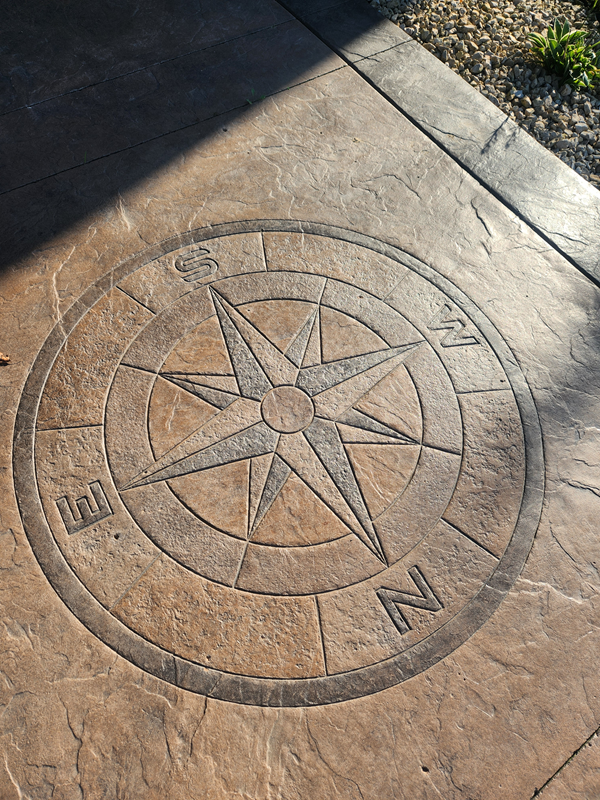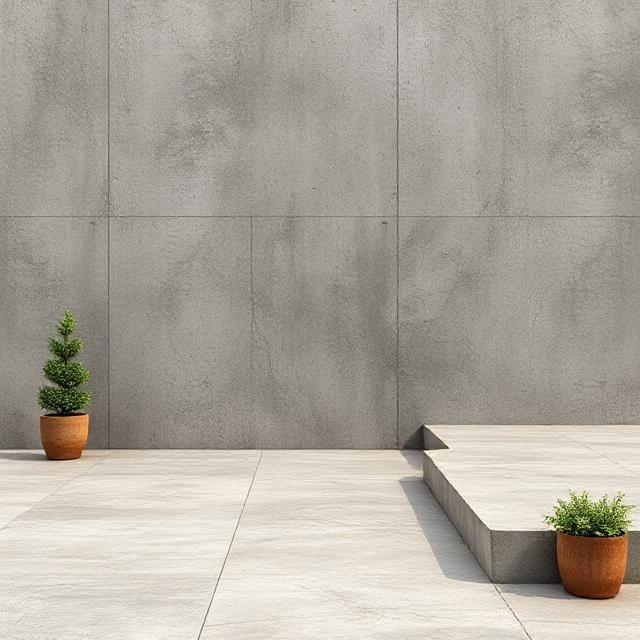What is the Best Coating for a Garage Floor?
Your garage floor takes a beating. Between hot tires, oil drips, chemical spills, and constant foot traffic, that plain concrete slab quickly becomes stained, dusty, and downright ugly. If you're tired of looking at a garage floor that's seen better days, you're probably wondering what coating options can transform it into something you'd actually be proud to show off. The good news? Today's garage floor coatings offer incredible durability and style options that go far beyond basic paint.
Understanding Your Garage Floor Coating Options
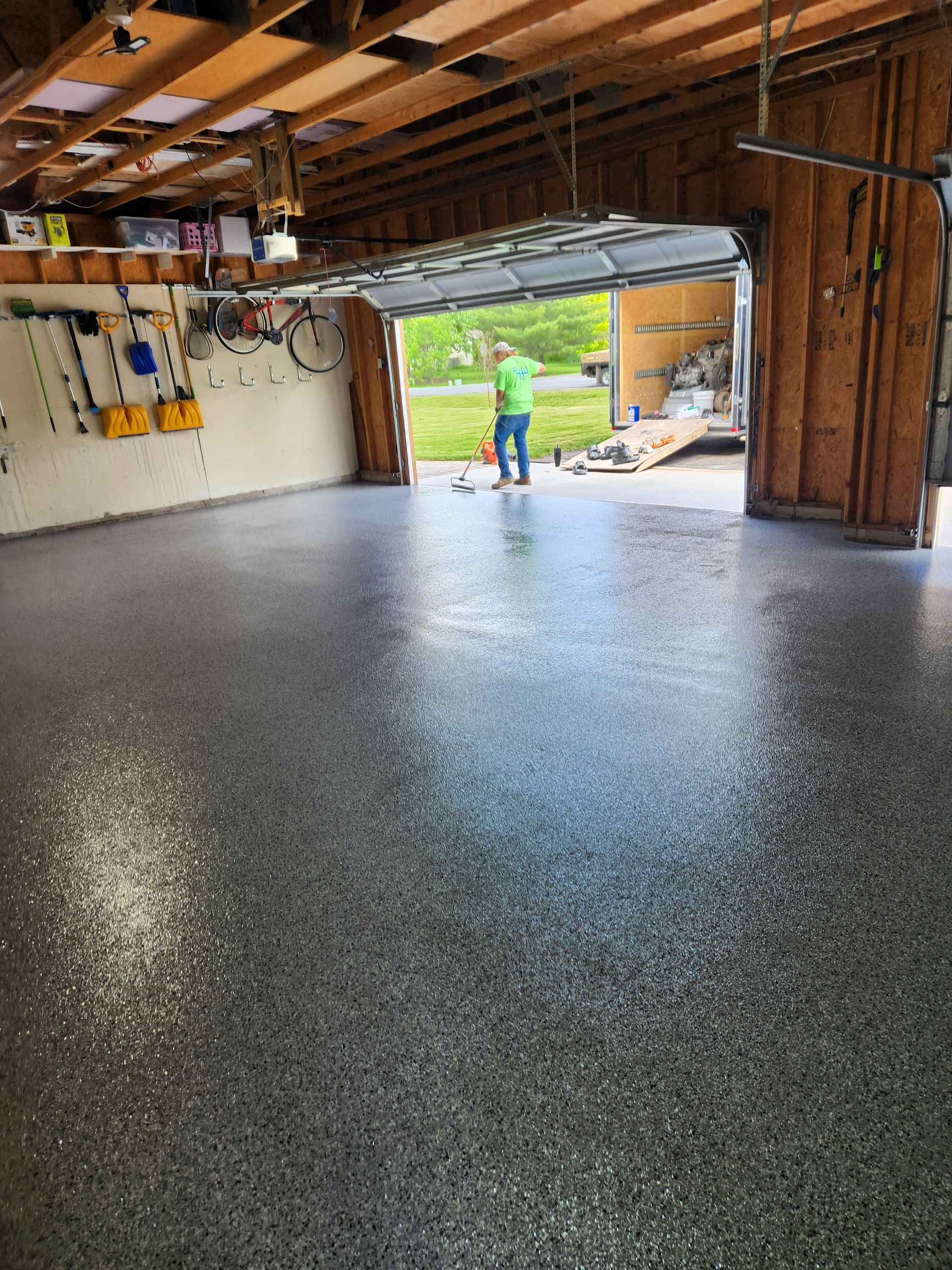
When it comes to protecting and beautifying your garage floor, you have several coating systems to choose from. The key is understanding that not all coatings are created equal. While basic concrete paint might seem like an easy fix, true coating systems penetrate deep into the concrete surface, creating a chemical bond that won't peel or chip like traditional paint.
Professional-grade coatings offer superior adhesion, chemical resistance, and longevity. They're designed to handle everything from hot tire marks to automotive fluids, making them ideal for both daily-driver garages and classic car collections.
Epoxy Coatings: The Popular Choice
Epoxy remains the most popular garage floor coating, and for good reason. This two-part system creates an incredibly durable surface that's both beautiful and functional. Epoxy coatings typically cure to a thickness of 2-5 mils, providing excellent protection against stains, chemicals, and abrasion.
The decorative possibilities with epoxy are endless. You can add color flakes or metallic pigments or even create custom patterns that complement your home's style. Many homeowners love the high-gloss finish that makes their garage look clean and professional while reflecting light to brighten the entire space.
However, epoxy does have limitations. In areas with extreme temperature fluctuations, it can become brittle over time. It's also susceptible to UV yellowing if exposed to direct sunlight.
Polyurea: Maximum Durability and Flexibility
For ultimate performance, polyurea coatings represent the premium option. These fast-curing systems offer four times the flexibility of epoxy, making them ideal for climates with freeze-thaw cycles. Polyurea coatings resist hot tire pickup, chemical etching, and UV degradation better than any other coating system.
The downside? Polyurea requires professional installation due to its extremely fast cure time and specialized equipment needs. But for homeowners wanting a garage floor that will look great for decades, it's worth the investment.
What About Polyaspartic and Acrylic Options?
Polyaspartic coatings blend the best qualities of epoxy and polyurea. They offer excellent durability with a reasonable cure time, making them suitable for both DIY enthusiasts and professional applications. These coatings excel in UV resistance and can be applied in a single day.
Acrylic sealers represent the budget-friendly option. While they won't provide the same level of protection as epoxy or polyurea, they're perfect for low-traffic garages or as a temporary solution while planning a future upgrade.
Key Factors for Choosing Your Garage Coating
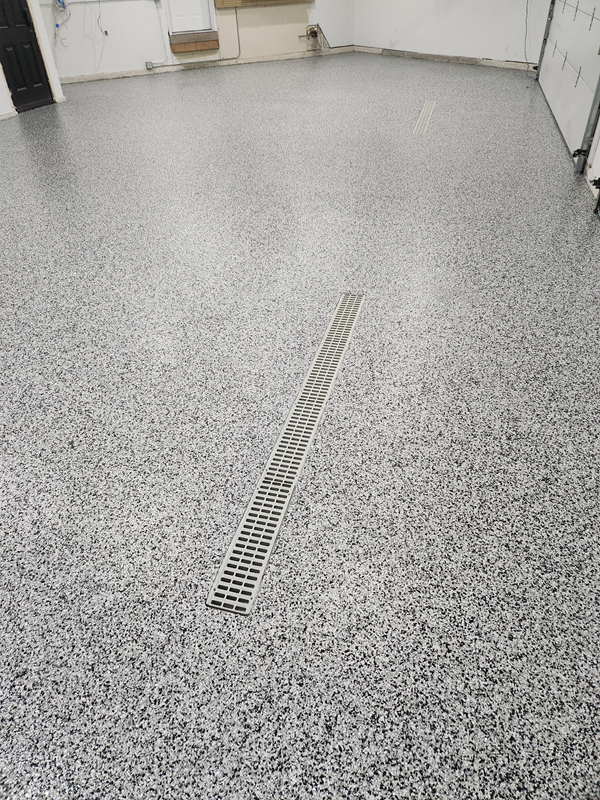
Your garage's specific needs should drive your coating choice. Consider your climate—areas with hot summers need UV-stable coatings, while cold regions require flexible systems that won't crack. Think about usage, too. A workshop with heavy tool drops needs maximum impact resistance, while a showroom garage might prioritize appearance.
Surface preparation is crucial regardless of which coating you choose. Proper concrete preparation, including grinding or shot blasting, ensures maximum adhesion and longevity. Skipping this step is the fastest way to coating failure.
Professional Installation vs. DIY
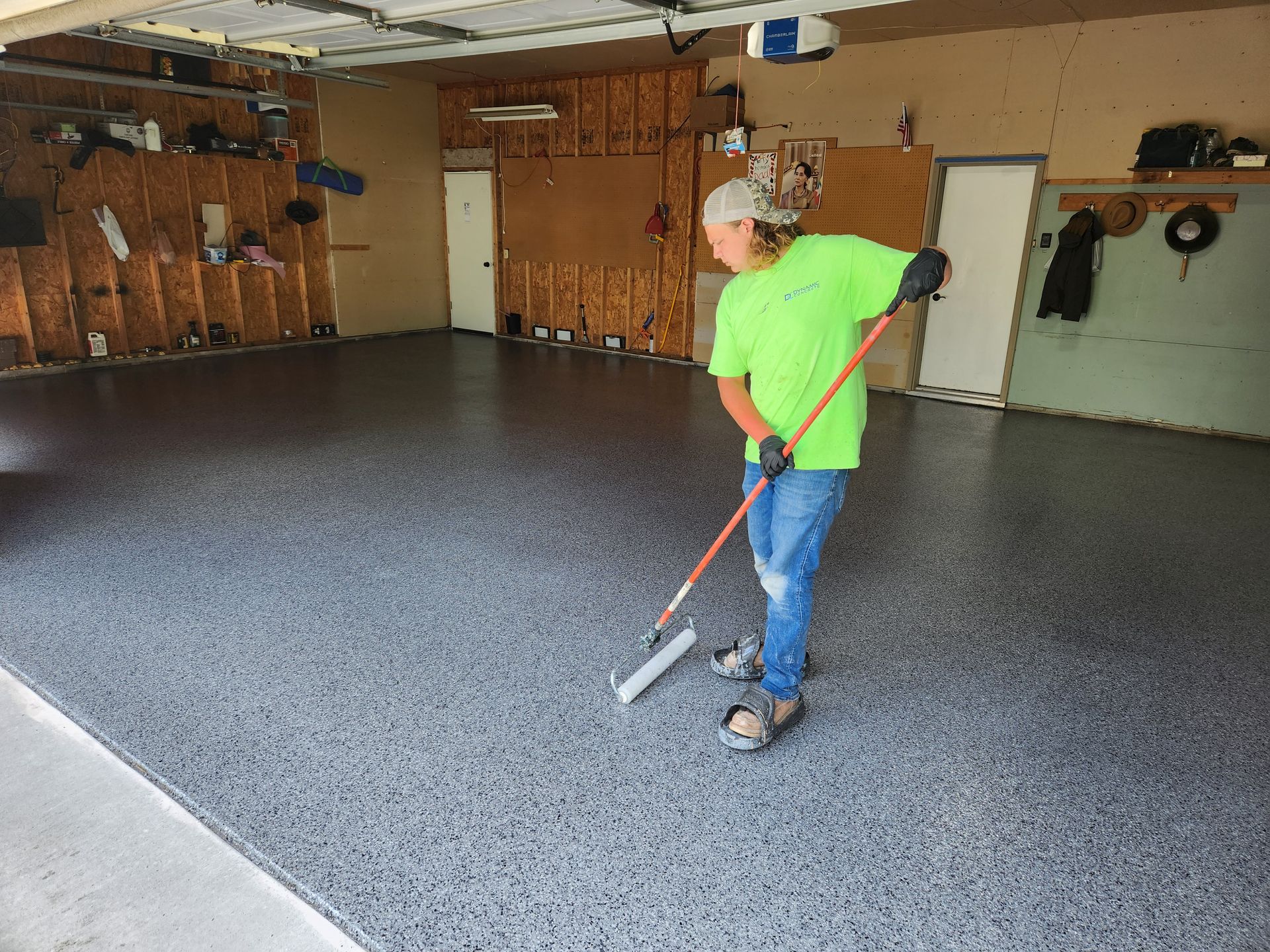
While some coatings can be DIY-friendly, professional installation offers significant advantages. Experienced contractors understand proper surface preparation, have access to commercial-grade materials, and can troubleshoot issues before they become problems. They also typically offer warranties that protect your investment.
Professional installers like Dynamic Concrete can also create custom decorative effects, seamless transitions to adjacent surfaces, and proper drainage considerations that DIY applications often miss.
Transform Your Garage Floor Today
A quality garage floor coating isn't just about protection – it's about transforming your space into something you're proud of. Whether you choose epoxy for its versatility, polyurea for maximum durability, or another system that fits your needs, the right coating will provide years of beautiful, low-maintenance performance.
Ready to upgrade your garage floor?
Dynamic Concrete specializes in professional coating systems that deliver lasting beauty and protection. Our experienced team understands which coatings work best in your specific situation, and we handle everything from surface preparation to final application. Don't settle for a garage floor that's holding back your space's potential.
Contact Dynamic Concrete today to explore coating options that will transform your garage into the functional, attractive space you've always wanted.
